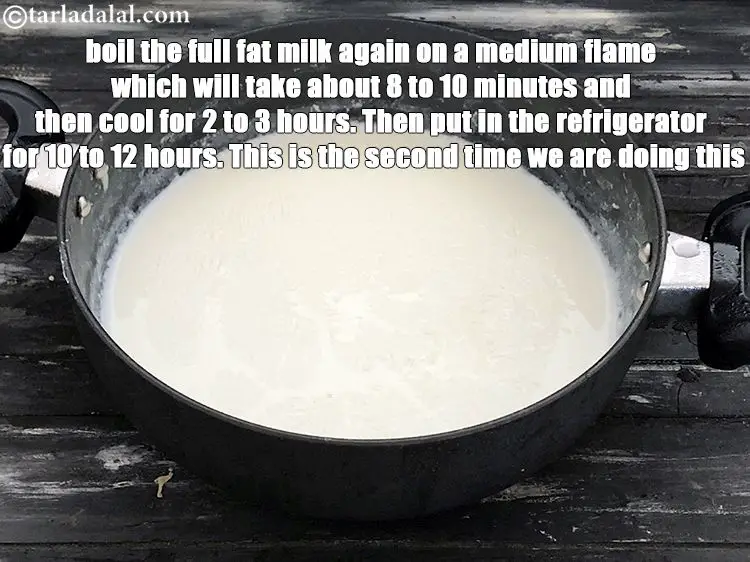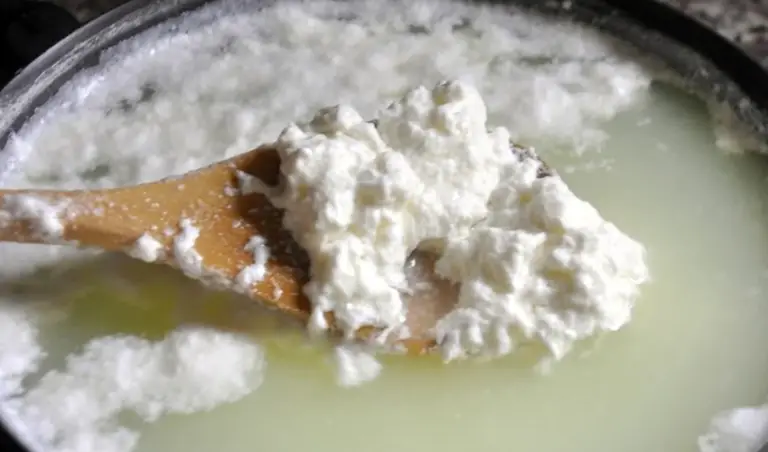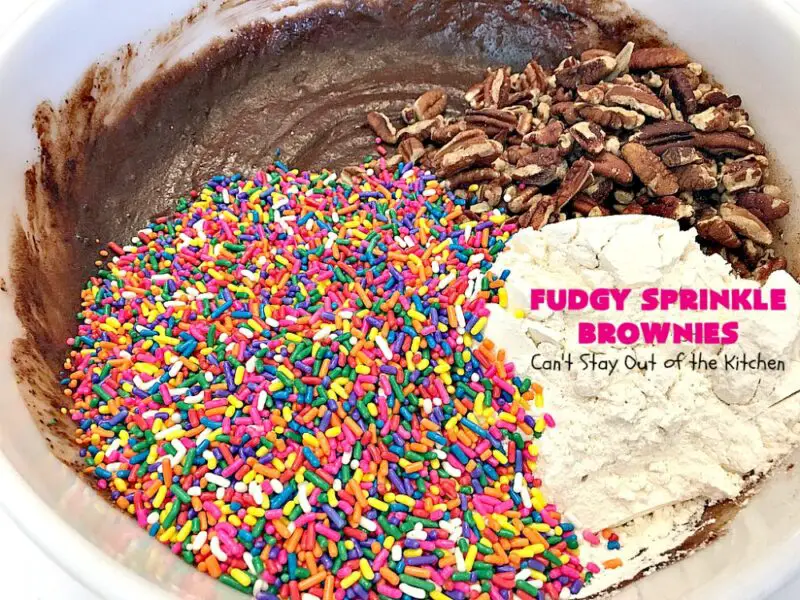As a staple in many people’s diets, milk has been consumed for thousands of years and continues to be a popular source of nutrients. Milk is processed and packaged in several ways, with skimmed milk being one of the most common variations available.
In this article, we will explore the question of whether or not skimmed milk should be boiled. We will discuss what boiling milk means, how it affects the nutritional value of skimmed milk, alternative preparation methods for skimmed milk, and provide some recipe ideas.
What Does it Mean to Boil Milk?
Boiling milk is when it is heated to 100°C or 212°F, causing it to bubble up and froth. This process can have several different effects on the milk’s nutritional content depending on how long it is boiled for. Skimmed milk is made by removing most of the fat from whole milk, typically leaving only 0.1-0.5% fat content.
When whole milk is boiled, its protein structure denatures due to the heat which causes them to link together and form lumps that rise to the top as curdled chunks called cream or scum. Skimmed milk contains less fat than whole cow’s milk which means that boiling does not result in as noticeable curdling as compared with whole cow’s milk.
Differences between boiling, scalding, and simmering are terms used in cooking but often confused for each other but they vary depending on temperature range as well as expected outcomes.
- Boiling: water or liquid heated over an open flame until high level chaotic movement takes place within liquid; characterized by bubbles vigorously emerging at surface
- Scalding: heating at temperature below boiling point; (eg heated dairy just before adding gelatin)
- Simmering: low-temperature heat that results in intermittent movement more recognizable than boiling; water comes close but does not actually reach boiling point.
Nutritional Value of Skimmed Milk
Skimmed milk is an excellent source of nutrients with a composition that is quite similar to whole milk without its fatty content. It contains a wide range of vitamins and minerals, including calcium, vitamin D, B2 (riboflavin), B12 and iodine among others. Compared to other varieties of milk, skimmed milk has lower fat content and calorie count while maintaining significant amounts of proteins essential for growth and development.
Composition
- Water: 90%
- Carbohydrates: 4.8g including lactose sugar
- Protein: 3.4g including whey proteins & casein
- Fat: <0.5% gram per 100ml
- Other minerals such as potassium phosphorus not exceeding the same quantity found in whole milk products.
Nutritional Benefits
- Low-fat Content: Skimmed milk contains almost no saturated fats making it beneficial in creating energy while supporting weight loss goals or maintaining healthy weight.
2.High Calcium: Calcium supports healthy bones and helps maintain healthy muscle function.
3.Low-Calorie Count: Being low in fat also means fewer calories compared to fattier counterparts hence reduced risk of obesity-related diseases like type-two diabetes, hypertension among others.
Downsides
Nonetheless, the benefits have their setbacks since there is lesser overall fat content causing decreased solubility limits on certain water-soluble vitamins including zinc,magnesium,vitamin E,C,A etc. Potassium levels remain high depending on processing procedures implemented hence consideration should be taken if managing electrolyte levels.
Benefits and Drawbacks of Boiling Skimmed Milk
While boiling skimmed milk can offer several benefits such as eliminating bacteria that may be present in unpasteurized or raw milk and increasing shelf life by sterilizing the product, it also has some drawbacks that must be considered.
Benefits
- Eliminates Bacteria and Germs: Boiling skimmed milk can eliminate bacteria present in raw milk or any bacterial contamination.
- Increased Shelf Life: Sterilization of food products through boiling increases the product’s life by delaying spoilage.
- Thickens and Enhances Flavors: When boiled, skimmed milk thickens as water evaporates resulting in a more concentrated product. This makes it beneficial when making recipes such as custard, pudding, or sauces to enhance flavor without overusing fats.
Drawbacks
- Reduced Nutritional Value: Boiling can render some vitamins, minerals, enzymes & antioxidants unavailable by breaking down their chemical structure & decreasing protein composition. The removal of cream separates fat-soluble vitamins A,D,E,K2 rendering them less bioavailable compared to other products that vitamize every part of the process..
- Change in Texture: Changes in texture occur depending on temperature and time hence careful monitoring is crucial
Alternative Preparation Methods for Skimmed Milk
If one cannot boil skimmed milk or wants to avoid its drawbacks to certain nutrient losses they can consider alternative preparation methods.
Cold Preparation Methods
- Mixing with smoothies or protein shakes can retain most nutritional components while supporting digestion since cold beverages stimulate digestive juices quicker and expand intestines movements
- These beverages are not only nutritious but delicious too; mix fresh fruits with fiber-packed chia seeds and almond mixture for a great meal replacement drink.
-( Contrast the retained nutrient potential when compared to traditional boiling)
- There are particular benefits associated with using protein powder blends because they have additional ingredients like amino acids-glutamine-leucine-required for tissue repair and building.
Warming or Steaming Skimmed Milk Instead of Boiling
Warming or steaming skimmed milk instead of boiling provides an excellent alternative that retains more nutritional value than boiling does. By warming the milk gently, it is possible to retain some of its nutritional value without breaking down proteins and enzymes. This is particularly beneficial when used in making hot beverages such as coffee or tea that require heat but still need to retain taste.
Benefits
- Retains Nutritional Value: Warming retains a higher percentage of nutrients found in Skimmed milk.
- Nutrient preservation will depend on source, quality, processing and storage before consumption.
Expert’s Stand
The American Dairy Council suggests that cooking does not significantly lower nutrient values unless extreme conditions are applied; they should not be frozen indefinitely and should stay refrigerated for maximum safety.
Best Recipes Using Raw vs Cooked Skim Milk
There are several recipes for both raw and cooked skimmed milk available today, which can allow people to gain all the benefits of this fantastic product while enjoying a delicious treat.
Raw Recipe
- Fresh Raw Cheese: Add lemon juice into boiled skimmed milk (for curdling) & cream cheese dip along with your favorite fruits.
- Fruity Milkshake with Skimmed Milk: Mix different fruit flavors with skimmed milk adding a handful of ice cubes then blend them into cold nutritious drinks packed with nutritional benefits.
Cooked Recipe
- Oatmeal Porridge Boil oatmeal + cinnamon + a splash of honey/ agave alongside warmed skimmed milk for enhanced flavor while maintaining minimum loss of nutrient from boiling process when done right
2.Homemade Yoghurt Add potassium packed fresh or dried fruits into low-fat yoghurt healthier than sugar-loaded supermarket variants.
Conclusion
In conclusion, boiling skimmed milk can have both advantages and disadvantages depending on the intent of preparation. We do realize that skimmed provides numerous nutritional health benefits including promoting healthy bones, increasing endurance levels & helping the body maintain muscle function while providing necessary energy levels to get through the day.
Whether it is boiled, steamed or served cold – there are specific benefits associated with choosing skimmed milk and exploring its possible recipes and/or preparation methods which enhance the nutritional nourishment available to people today It is essential for individual dietary needs, health goals while still carrying on a flavor-filled daily routine.
Q&A
- Q: Is it necessary to boil skimmed milk before consumption? A: While boiling skimmed milk isn’t necessary for safe consumption, especially if it has been pasteurized and properly stored, some people prefer boiling it to remove any potential bacteria and improve its shelf life.
- Q: What are the benefits of boiling skimmed milk? A: Boiling skimmed milk can help kill harmful bacteria that might be present in the milk, making it safer to consume. Additionally, boiling can also extend the shelf life of the milk by reducing the number of microorganisms that cause spoilage.
- Q: Can boiling affect the nutritional value of skimmed milk? A: Boiling skimmed milk does not significantly affect its nutritional value. However, some vitamins and minerals may be lost during heating, so it is important not to overheat or boil for an extended period.
- Q: What’s the best way to boil skimmed milk? A: To boil skimmed milk, heat it gently on medium-low heat until small bubbles begin to form around the edges of the pot, then reduce the heat and stir occasionally. Avoid boiling vigorously as that could scorch or curdle the milk, resulting in a burnt taste and texture.





